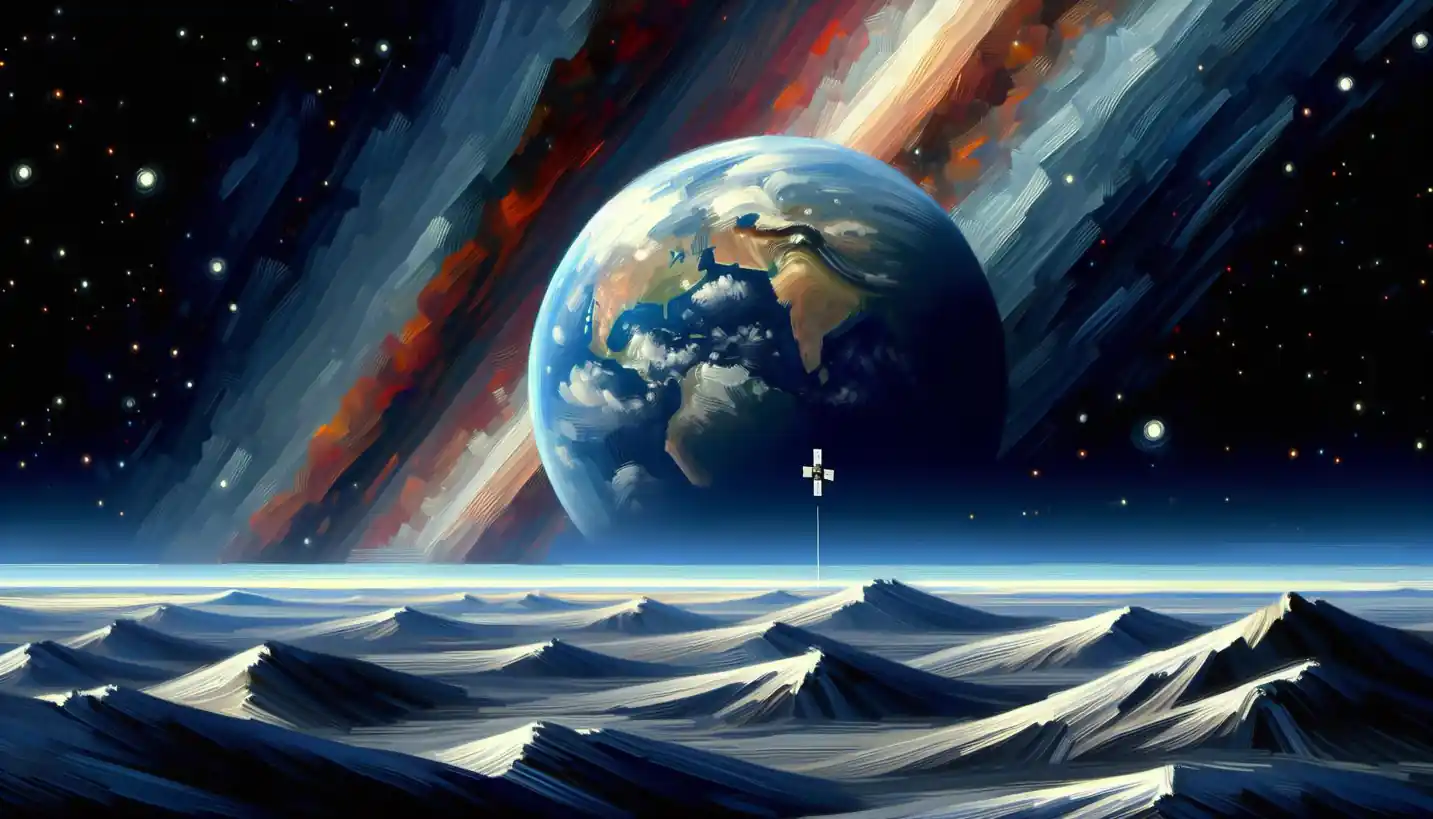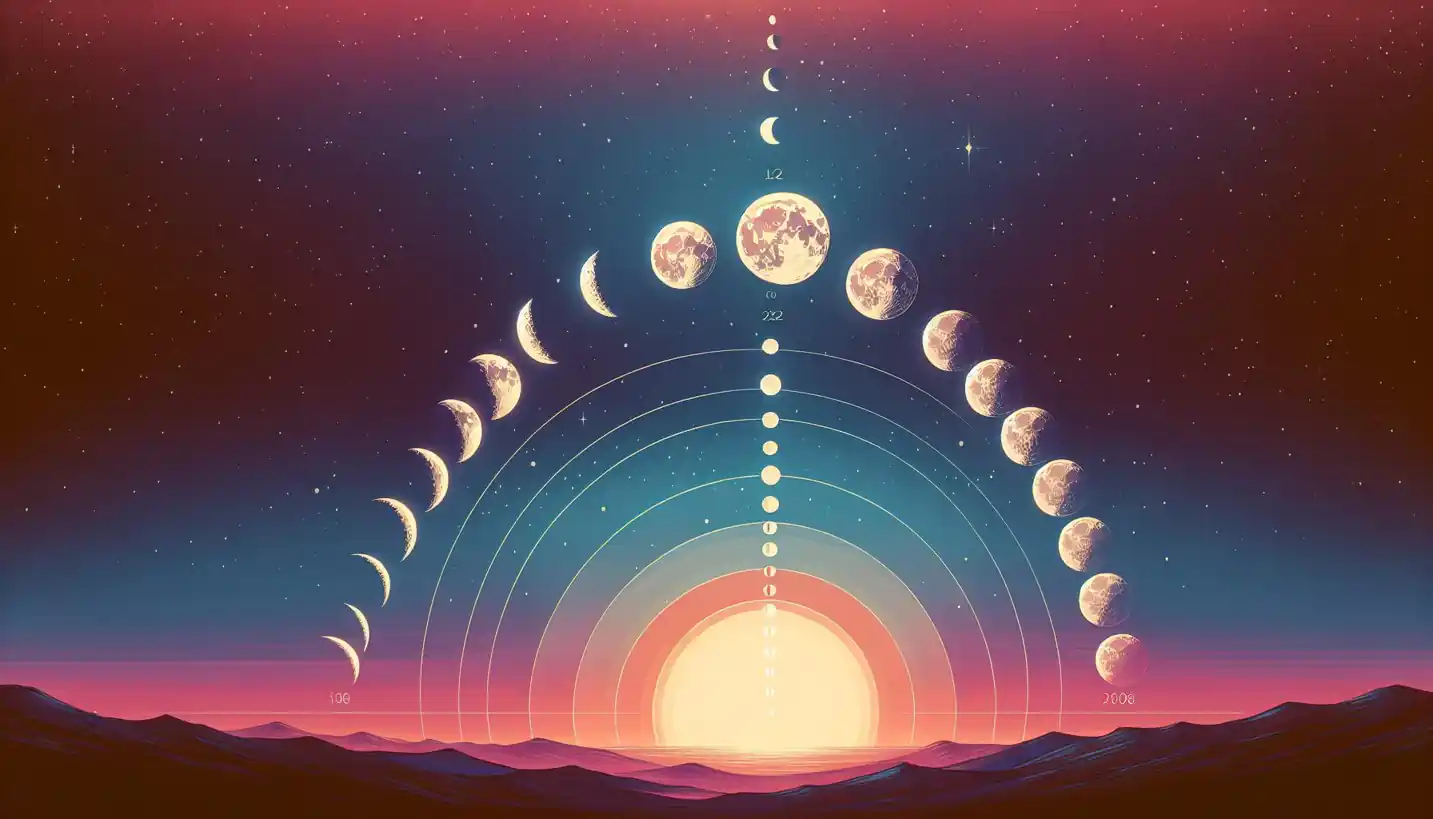· Astronomy · 5 min read
Oort Cloud: Unraveling the Mysteries of Our Cosmic Outskirts
The Oort Cloud is a vast, spherical shell filled with icy objects. Discover what this distant frontier reveals about our solar system's origins.

Out there in the vast expanses of space, beyond the reach of our solar system’s neighbors, lies a mysterious and enigmatic region known as the Oort Cloud. You might be wondering, what exactly is this Oort Cloud, and why is it such a fascinating subject in the world of astronomy?
The Basics of the Oort Cloud
Let’s start by envisioning our solar system. Picture the Sun at the center with planets like tiny marbles spiraling around it. Beyond the planets, there’s the Kuiper Belt, a region filled with icy bodies and dwarf planets, including Pluto. But further out, stretching almost halfway to the nearest star, is the Oort Cloud.
The Oort Cloud is a theoretical shell of icy objects that envelops our solar system. It’s like an enormous, hazy bubble of frozen remnants from the formation of our planetary neighborhood. Although we can’t see it with our telescopes, astronomers believe it exists based on indirect evidence, mainly from the behavior of long-period comets.
Why Can’t We See the Oort Cloud?
You might be curious, why is it that we can’t see this massive area? The reason is pretty straightforward. The Oort Cloud is incredibly distant, and its objects are widely scattered, with vast stretches of emptiness between them. It’s like searching for a few grains of sand in an enormous desert. Plus, these icy objects reflect very little sunlight, making them nearly invisible from Earth.
The Story of Jan Oort
The Oort Cloud is named after the Dutch astronomer Jan Oort, who proposed its existence in 1950. Oort was intrigued by the mysterious origins of comets with long orbits. He suggested that a distant cloud of icy bodies might be the source of these comets, occasionally nudging them into the inner solar system where we can see them.
Oort’s idea was groundbreaking, and his extensive work on the dynamics of celestial bodies helped lay the foundation for modern astronomy. His hypothesis explained why some comets appear only once in a lifetime—because they originate far from the Sun, in this distant cloud.
Ingredients for Comet-Making
Imagine the Oort Cloud as a vast storage space, stocked with the raw materials for making comets. These materials are primarily composed of ice, dust, and rock—frozen leftovers from the early solar system. Whenever a passing star or gravitational forces from the galaxy disturb the cloud, some of these icy bodies get knocked out of their orbits and plunge toward the Sun, becoming the comets we observe.
Comets from the Oort Cloud usually have elongated orbits, taking thousands, if not millions, of years to make a complete trip around the Sun. As they near the Sun, their icy surfaces heat up, releasing gas and dust, which forms the spectacular comets’ tails we see from Earth.
The Extent of the Oort Cloud
The Oort Cloud is divided into two parts: the inner and outer Oort Cloud. The inner part is likely denser with objects and lies closer to our Sun, while the outer part stretches even further.
To give you a sense of its scale, the Oort Cloud is thought to begin at about 2,000 astronomical units (AU) from the Sun and extend up to 100,000 AU. One astronomical unit is the average distance between Earth and the Sun, so we’re talking about an almost unimaginably vast region.
What Makes the Oort Cloud Important?
The Oort Cloud is a treasure trove of information about our solar system’s infancy. By studying it, scientists can learn about the original materials that formed our Sun and planets. Since the objects in the Oort Cloud have remained mostly unchanged for billions of years, they act as time capsules, preserving clues from the solar system’s early days.
Understanding the dynamics of the Oort Cloud also helps researchers grasp the gravitational influences exerted not just by our Sun, but by the galaxy and passing stars as well. This knowledge aids in developing models of solar system evolution, enhancing our comprehension of the dynamic nature of our universe.
Is the Oort Cloud Still a Mystery?
Yes, the Oort Cloud remains one of space’s most mysterious regions. Despite being a crucial component of our cosmic home, we have yet to directly observe its contents. All knowledge about it comes via indirect measurements and mathematical modeling. Future missions and advancements in technology might one day allow us to get a closer look at these enigmatic objects.
The Journey of Comets: From Oort Cloud to Earth
Consider the journey of a typical comet originating from the Oort Cloud. It’s a long, unpredictable trip. Sometimes, gravitational nudges from distant stars or even planets can send these cometary bodies hurtling toward the inner solar system.
Once they get close enough to the Sun, these comets become visible and are a captivating sight for astronomers and sky watchers. By studying these visitors, scientists gain insight into the primordial ingredients that formed our solar system.
Unanswered Questions and Future Possibilities
The Oort Cloud offers endless possibilities for discovery. What exactly are the compositions of the objects there? Could they hold organic compounds linked to the origins of life? How do interactions with nearby stars and galactic phenomena affect it?
Future space missions might aim to explore the outer boundaries of our solar system, perhaps even sending probes to investigate the Oort Cloud directly. Such missions could revolutionize our understanding of this distant region, shedding light on the fundamental processes that shaped not only our solar system but possibly others in the universe.
Conclusion
In summary, the Oort Cloud is a cold, distant realm filled with frozen remnants of our solar system’s birth. It’s a key piece in the puzzle of our cosmic history, offering insights into the materials and dynamics that formed our Sun and planets. While it remains a mystery, the Oort Cloud fascinates scientists and astronomers, who hope to unlock its secrets and uncover the stories of our solar system’s earliest days. Who knows, it may even hold answers to some of the profound questions about the origins of life itself.


